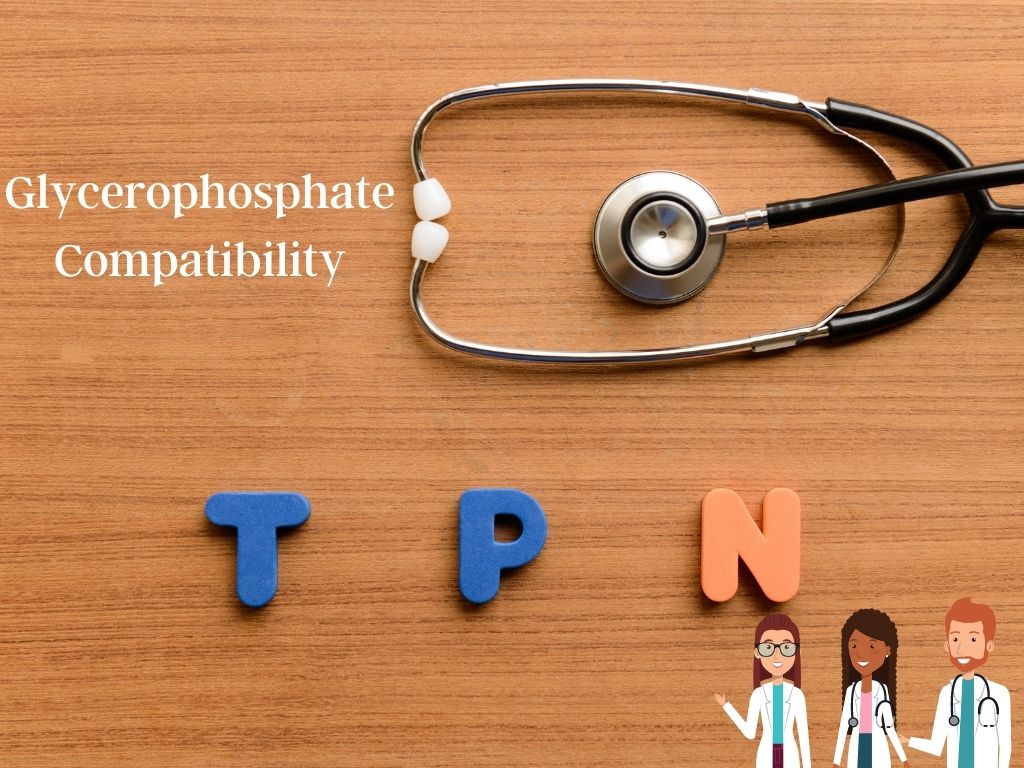| Drug formulations that should not be crushed* or chewed: | Causes |
|---|---|
| Sublingual (SL) or buccal tablets | This action may cause the drug to be ineffective as these preparations are designed to avoid the GI tract and first pass metabolism. Consequently, the doses tent to be low and therefore insufficient if they are crushed and given through an enteral tube. |
| Enteric-coated tablets (EC) | as the drug may be released too early and be destroyed by gastric acid or irritate the stomach lining (Slow K, Coumadin, Salazopyrine, etc.). |
| Extended released preparations; medication labeled with terms such as; controlled release (CR), sustained release (SR), modified release (MR), controlled delivery (CD), or slow release formulations (e.g. Slow K), prolonged release (PR) | Crushing these medications may result in an unintended large bolus dose (drug dumping) with an increased risk of side effects or for increased potential for drug toxicity. |
| Products that are carcinogenic or teratogenic (Generally, cytotoxic tablets, hormone preparations, antibiotics and prostaglandin analogues are not to be crushed). | As this may cause a hazard to health care workers because of aerosolization of particles. |
| Capsules containing medications formulated into small pellets, the pellets should not be crushed. | As this effect the release properties of the pellets, while opening the capsule has no effect on the release properties of the pellets (e.g. Nexium). |
| Effervescent tablets | Those lose their ability to quickly dissolve. |
Miscellaneous: products that have fragility, bitter taste, local anesthetic effect, ability to stain teeth, irritation to oral mucosa.
Crushing of cytotoxic formulations when it is indicated, it should be in the chemotherapy preparation room using dedicated equipment (mortar and pestle).
Splitting tablets, may be required when low doses is needed. Enteric coated and extended release tablets can be divided ONLY if it is scored by manufacturer. Tablets cutter should be used by pharmacist, nurse and/or patient to improve accuracy if splitting tablets is indicated.
N.B: When tablets capsules are to be given together, crush the tablets first, when open the capsule and add the powder or pellets contained there into the crushed tablets to prevent crushing sustained release or enteric coated pellets.
*Motor and pestle that are used for crushing the medications should be washed and dried before and after each use.
The pharmacy should be consulted if:
- The nurse has any question regarding the advisability of crushing of any medication.
- Crushing is contraindicated, and an alternative to crushing is required. The pharmacy will discuss with the prescriber, the alternative that are available to be ordered in the physician order sheet.
Alternatives to crushing include:
- Using injectable forms in an appropriate diluting fluid.
- Using liquid forms (oral solutions) available or preparing extemporaneous formulation.








